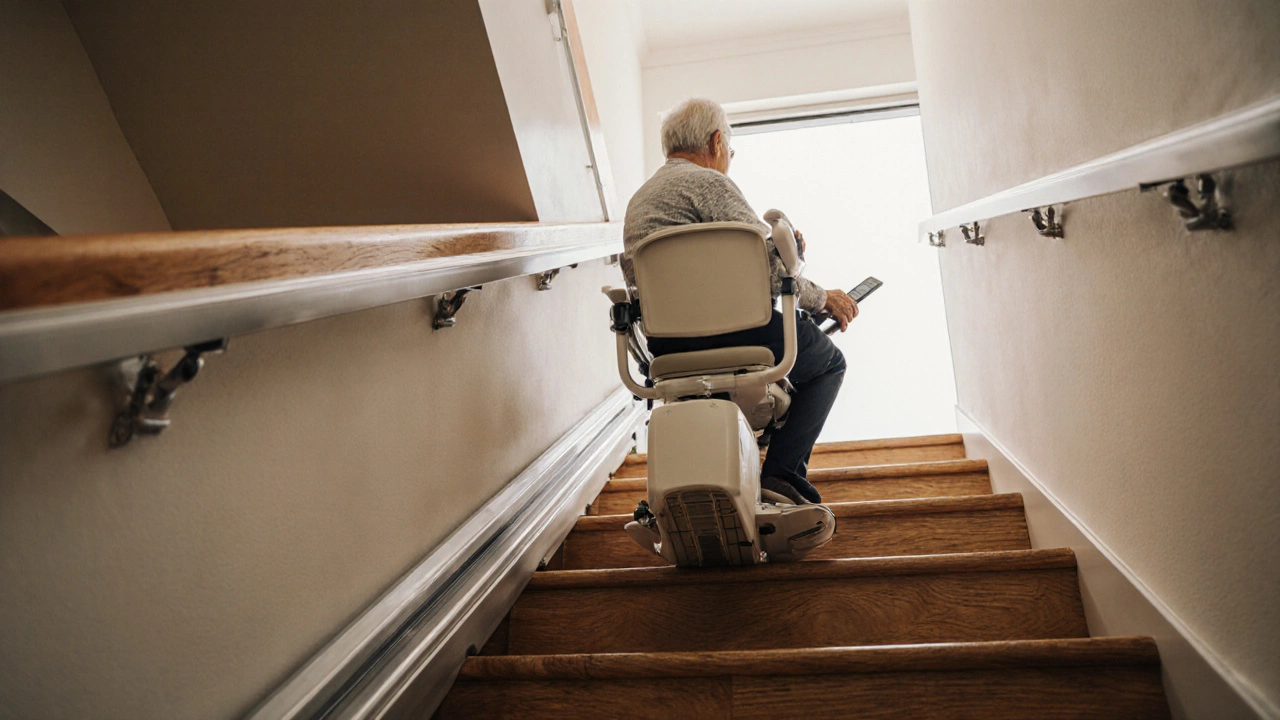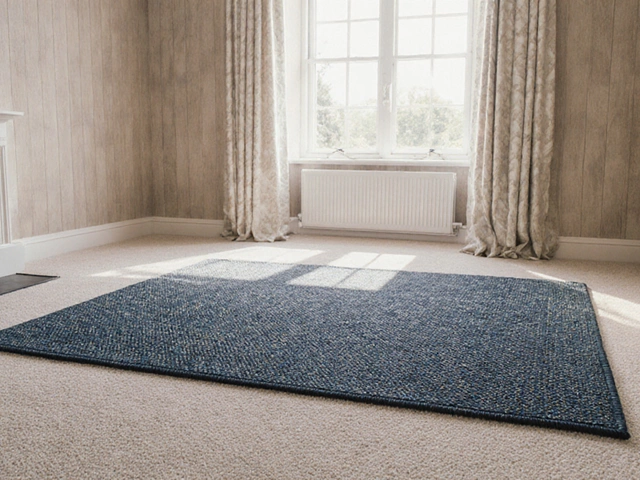Stair Lift Installation: What You Need to Know
When tackling stair lift installation, the process of adding a motorized chair that travels along a staircase to help people move between floors. Also known as stairlift fitting, it often begins with a home accessibility assessment to ensure the lift fits the space and meets local building codes. Safety is a top concern, so a dedicated stair lift safety check is required before any hardware is mounted. Most installers also recommend a professional assessment to choose the right model and plan the wiring.
Stair lift installation encompasses several steps: measuring the stair run, selecting a straight or curved rail, deciding on power source, and integrating safety features like seat belts and obstacle sensors. The choice between a straight rail and a custom‑curved rail depends on stair geometry; a straight rail is cheaper and faster to install, while a curved rail can follow irregular steps but adds complexity. Power options include battery‑backed electric units that keep working during outages, which is a key factor for users who rely on the lift daily.
Stair lift installation isn’t just about the hardware; it’s part of a broader home accessibility strategy. When you improve stair access, you often reconsider bathroom layouts, kitchen countertop heights, and doorway widths to create a cohesive, safe environment. Many homeowners pair a stair lift with grab bars, wheelchair‑friendly ramps, and smart home controls that let them operate the lift via a phone app. This integrated approach reduces the need for multiple separate renovations and keeps the overall cost in check.
Cost Drivers and Maintenance Tips
Costs vary widely because the price hinges on rail length, curvature, and optional features. A basic straight‑rail lift can start around £2,500, while a custom curved system may exceed £10,000. Installation fees add another £500‑£1,000, depending on the complexity and whether any structural modifications are needed. To protect your investment, schedule regular maintenance checks—most manufacturers suggest a service every six months. Simple upkeep like cleaning the rail, testing the battery, and tightening bolts can prevent costly breakdowns later.
When you compare quotes, look beyond the headline price. Ask about warranty length, parts coverage, and whether the installer offers a post‑installation safety review. A thorough safety review verifies that the lift stops at the correct floor levels, that the emergency stop works, and that the sensor range is correctly calibrated. These checks are especially important for families with seniors or mobility‑impaired members, as they directly affect daily confidence in using the lift.
In short, stair lift installation blends technical fitting with thoughtful design, safety compliance, and ongoing care. Below you’ll find a curated list of articles that dive deeper into each aspect—from choosing the right model to budgeting for a home accessibility upgrade. Check them out to get actionable insights that match your situation and help you plan a smooth, safe stair lift experience.

Standard Stair Lift Cost: Prices, Installation & Financing Guide
Discover the true cost of a standard stair lift in NZ, including price ranges, installation fees, financing options and maintenance. Get a clear guide to budgeting and choosing the right lift.
Categories
- Storage (25)
- Bathroom (17)
- Sofas (14)
- Curtains (14)
- Home Decor (12)
- Bedding (10)
- Kitchenware (10)
- Cushions (10)
- Mirrors (10)
- Rugs (9)



